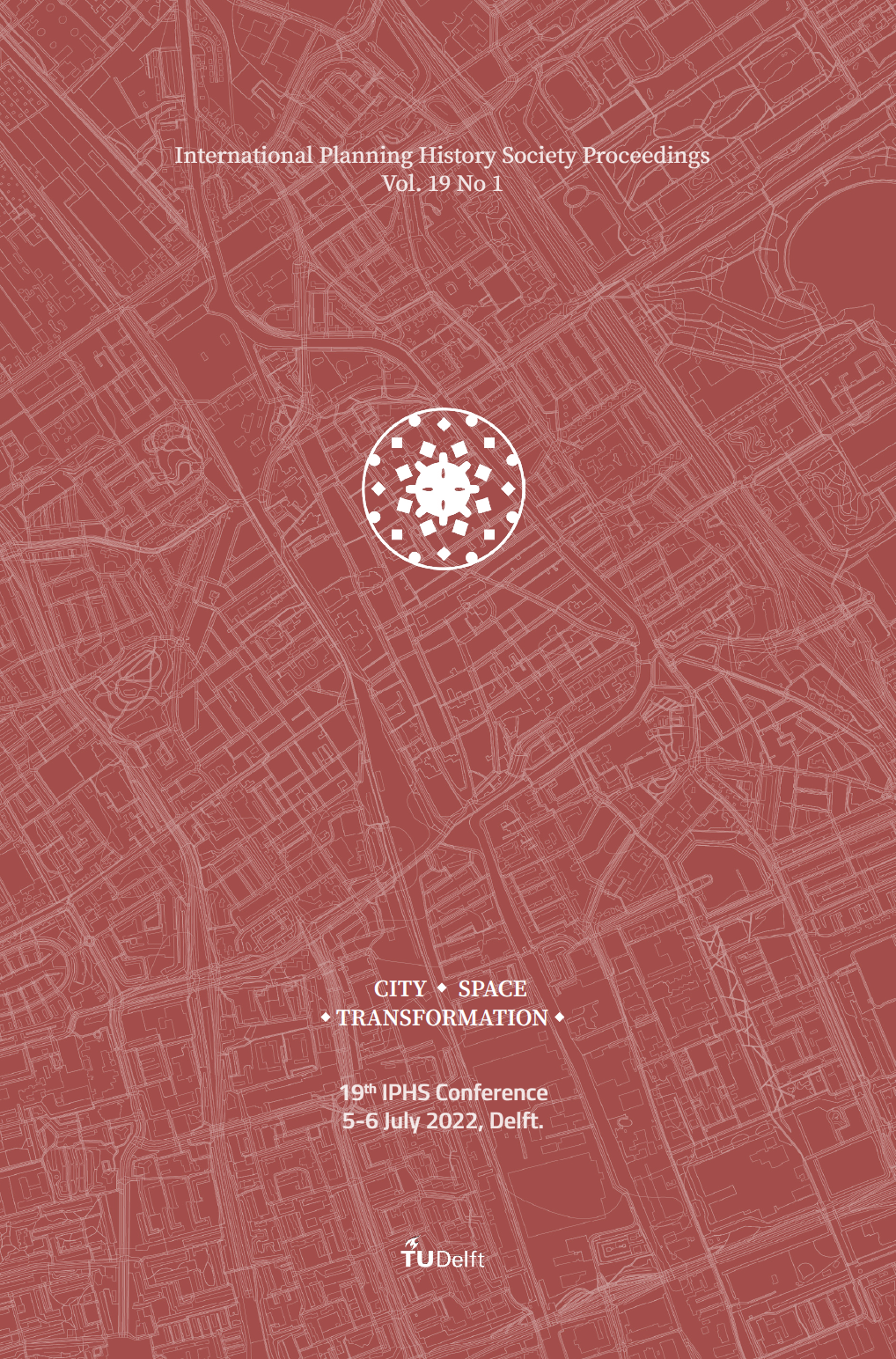Curitiba 1960s transformations and postmodern ideas
DOI:
https://doi.org/10.7480/iphs.2022.1.6438Abstract
Over the course of a few decades Curitiba evolved from a mid-twentieth century provincial capital city in southern Brazil to an ecological capital and a model city. How did Curitiba become a world model city? Contemporary planning ideas in global diffusion certainly contributed to it. Events such as the creation of the local planning institute and the establishment of the first local architecture and urbanism course triggered a series of urban transformations. Likewise, young, migrant architects introduced challenging ideas. In a stimulating environment, international experiences and connections fostered the development of innovative proposals. Moreover, differing from the nationally hegemonic modernist architecture and rationalist urbanism, Curitiba’s planners focused on the actual needs of the city, its specific physical context and social milieu, despite vocal resistance to the term postmodernism. Local identity, belonging, cultural memory, revitalization, recycling, and pedestrianization were valued as planning targets, as well as the preservation of the natural environment. Drawing upon a few paradigmatic designs, this paper accounts for the successful planning of Curitiba and its promotion internationally. It critically traces the planning history of this world-class city in the broader context of Brazilian planning by presenting the early postmodern urbanism implemented in Curitiba.
Downloads
Published
How to Cite
Issue
Section
License
Copyright (c) 2022 Renato Leão Rego

This work is licensed under a Creative Commons Attribution 4.0 International License.

